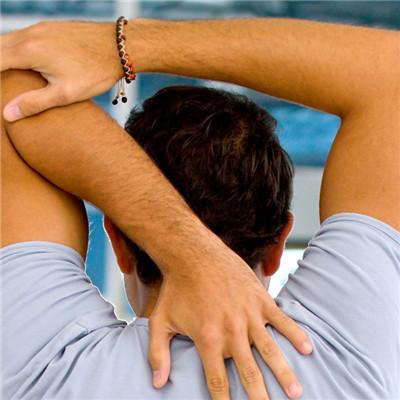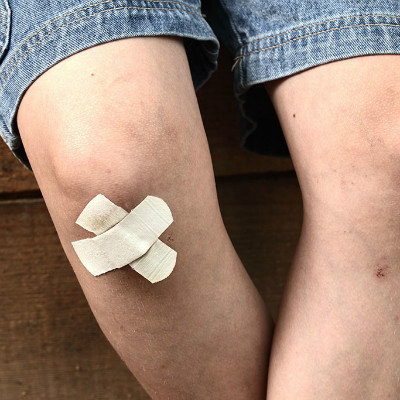Treatment of infant umbilical hernia?
summary
Umbilical hernia is a common disease of newborns. Compared with inguinal hernia, umbilical hernia is a relatively mild disease. Umbilical hernia in children is one of the most easy to treat hernias. Please don't worry. As long as you treat it seriously, it will be cured. With the development of science and technology, there are many ways to treat umbilical hernia, Here I know several better methods for the treatment of umbilical hernia. Let's share the treatment of infant umbilical hernia.
Treatment of infant umbilical hernia?
First, smaller umbilical hernia, such as the diameter is less than 1.5cm, most of them can self heal with the development of abdominal wall within 2 years old. In view of the fact that incarceration rarely occurs in infant umbilical hernia, non-surgical treatment can be given first, and adhesive tape is used to treat it, that is, wide strip adhesive tape is used to draw both sides of the abdominal wall to the abdominal midline for sticking and fixation, so as to prevent hernia block from protruding, make the umbilical part in a tension-free state, and the umbilical foramen can be gradually healed and locked. Change the adhesive tape once a week, if you have adhesive dermatitis, you can use the abdominal belt to bandage properly.

Second: if the baby's umbilical hernia is more severe, but the scope is not large, you can use a one yuan coin wrapped with cloth to sew it up, and then sew on the loose and tight belt, the coin part is pasted on the navel, the whole is tied on the baby, and the belt will recover. This is what a doctor friend of mine told me.

Third: if the child is over 2 years old and the umbilical hernia is still not self-healing, surgical treatment should be performed. The specific method of operation is to make a corresponding arc incision 1 ~ 2cm below the umbilical hernia, free the flap, and expose the anterior sheath of rectus abdominis muscle on both sides. Incise the abdominal white line and hernia sac. If there is no complete hernia sac, incise the peritoneum.

matters needing attention
The hernia sac was excised and the peritoneum cutting edge was sutured at the hernia ring. The transverse fascia of abdomen was sutured transversely, then the white line of abdomen was sutured longitudinally to close the umbilical ring and repair the weak area of the abdominal wall. Finally, the flap retaining the umbilical hole was sutured in situ.














